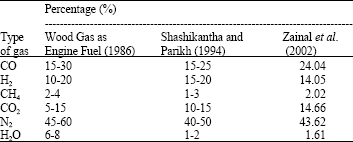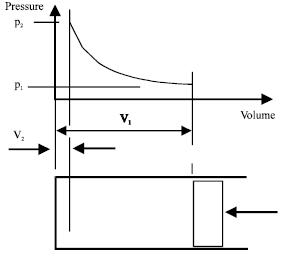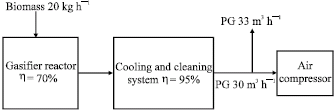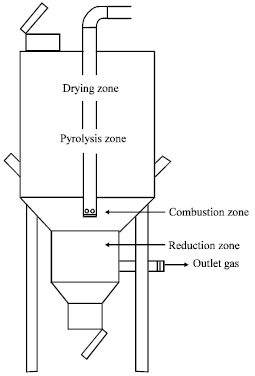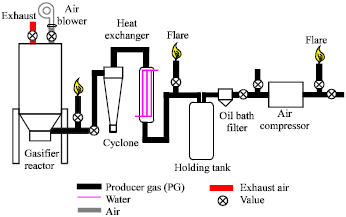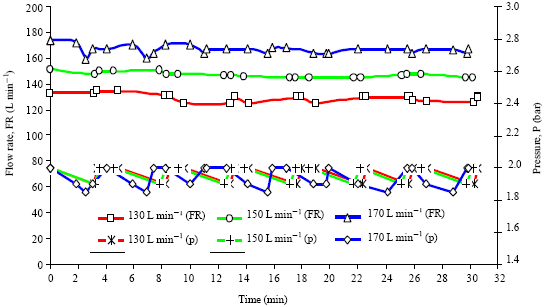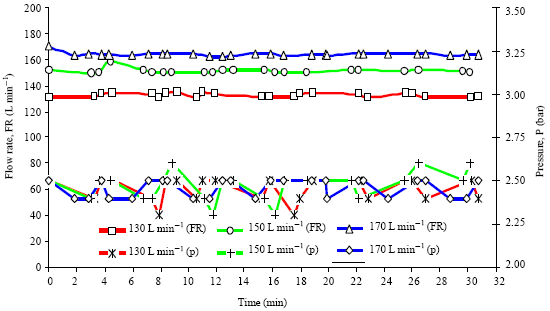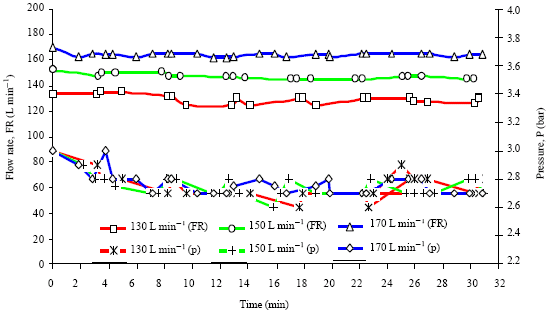Research Article
A Preliminary Investigation of Compressed Producer Gas from Downdraft Biomass Gasifier
School of Mechanical Engineering, Engineering Campus, Universiti Sains Malaysia, 14300, Nibong Tebal, Seri Ampangan, Pulau Pinang, Malaysia
Z.A. Zainal
School of Mechanical Engineering, Engineering Campus, Universiti Sains Malaysia, 14300, Nibong Tebal, Seri Ampangan, Pulau Pinang, Malaysia
M.A. Miskam
Collaborative Microelectronic Design Excellence Centre, Engineering Campus, Universiti Sains Malaysia, 14300 Nibong Tebal, Seri Ampangan, Pulau Pinang, Malaysia









